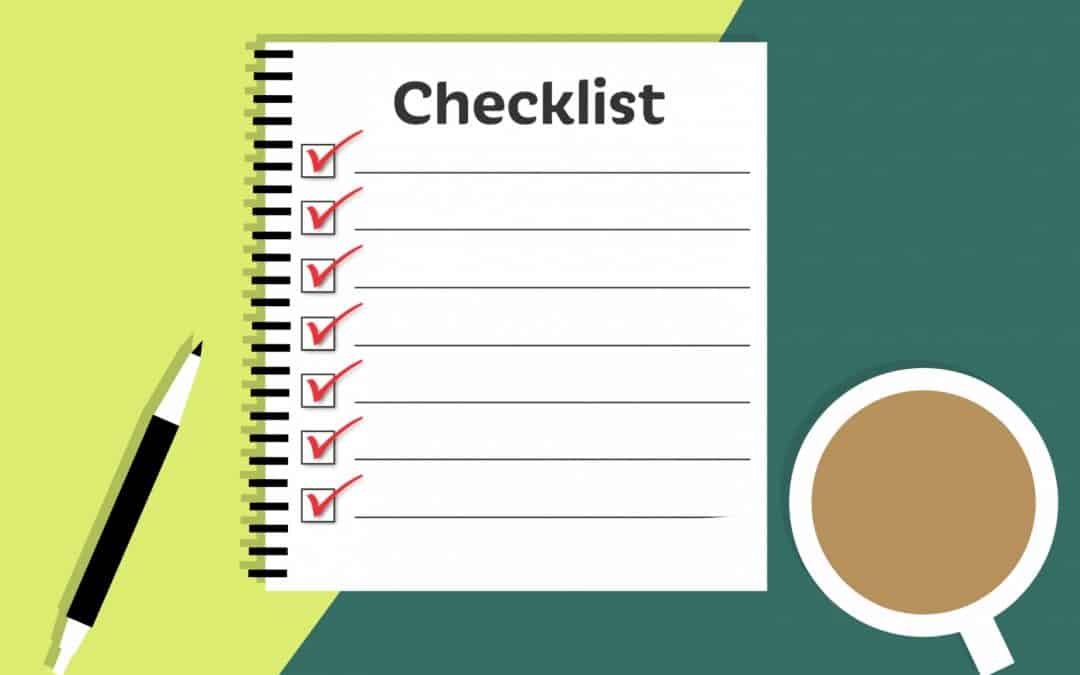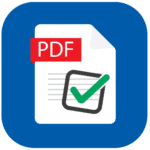By Keith Boggs
Posted February 15, 2020 at 10:00am CT
Your home is on the market and there’s an offer on the table. Congratulations! Now it’s time to get ready for the buyer’s home inspection — an event that can make or break the deal. But don’t be too concerned. By taking a little time to get the property ready for inspection, it will likely go smoothly and you will be able to move to the next stage of the sale!
While we’ve written a lot about how sellers can prepare for a home inspection, in this post, we’re sharing a simplified checklist with links to helpful information to make it easier to organize the steps you need to take.
Home Inspection Checklist for Sellers
- Gain some knowledge about the home inspection process.
- Do your own pre-inspection, especially if you didn’t get a seller’s inspection before you put your home on the market.
- Inside the home:
- Flush toilets and run faucets, looking for pressure, clogs, and leaks.
- Look for dingy caulk, crumbling grout, and water damage in bathrooms and the kitchen.
- Run ceiling and bathroom fans.
- Test all light switches inside and outside the home.
- Test smoke detector batteries and carbon monoxide detectors.
- Test all appliances and HVAC systems to ensure they are functioning properly.
- Open and close all windows, doors, and screens, testing locks and seals.
- Look for signs of water damage (discoloration or stains).
- Look for signs of foundation movement (cracks, nail pops, misaligned doors).
- In the attic, the garage, and outside the home:
- Open and close garage doors manually and with the remote.
- Block the garage door from closing to test its reverse safety setting.
- Make sure ducts are connected in attics and crawl spaces.
- Look for damaged insulation in the attic and crawl spaces.
- Make sure gutters and downspouts are connected and unclogged.
- Look for missing shingles or other roof or chimney damage.
- Look for issues with landscaping, fences, outbuildings, pool, and spa.
- Look at possible drainage issues
- Take detailed notes of what you find during the pre-inspection to help you prepare for the real deal.
- Inside the home:
- Make pre-inspection repairs.
- Decide what you want to fix prior to the inspection to make it go more smoothly, being realistic about what you will have time to do.
- Also, note issues you’re aware of but don’t plan (or have time) to fix — you’ll need this information for the seller’s disclosure statement, which is required by law in the State of Texas.
- Decide how you will address the repairs. Buy tools and supplies for DIY projects and find professionals to address others as needed.
- Make those repairs happen!
- Get ready for inspection day.
- Confirm the date and time of the inspection.
- Plan to be out of the house that day, and make sure pets are crated or sent on a play date.
- Gather all keys, remotes, and necessary codes to leave on the property for the inspector.
- Make sure the electricity and water are turned on and pilot lights lit.
- Make sure all appliances are installed, connected to power, and accessible.
- Remove dishes from the sink and dishwasher. Remove anything from the ovens other than the racks. And if the washer and dryer are part of the sale, make sure they are empty.
- Empty as much from the attic as possible, particularly if clutter blocks visibility or access.
- Remove barriers from areas that provide entry to the attic, crawl spaces, or equipment.
- Clear at least six inches of space around the home’s exterior foundation.
- Sweep or pressure wash debris from the roof and clear the gutters.
- Clear around the A/C compressor, downspouts, and vents.
- Trim bushes near the home’s foundation to allow visibility.
- Gather documentation on repairs, replacements, warranties, and insurance claims.
On inspection day, leave the relevant information mentioned above on property for the inspector. When you receive inspection feedback from the buyer’s realtor, ask any clarifying questions and do a bit of research into how you might respond to the buyer’s requests — which may be requests to negotiate for repairs, financial concessions, and/or a home warranty. If you agree to make repairs, set them in motion, and keep in mind, that your mortgage lender may request their own appraisal and have minimum property standards that may require fixing before they will fund the loan.
Selling a home can be nerve-wracking as you wait to hear how the inspection goes and what the buyer wants to do next. We hope this simplified home inspection checklist provides you with the information you need to feel prepared, not scared. And we hope you’ll reach out to us with any questions!
Image Credit: mohamed mahmoud hassan via publicdomainpictures.net
About Keith Boggs
Keith Boggs is the owner of Stonebriar Property Inspections. He is your personal home inspector, and his investment in the company will be reflected in the quality of your inspection. Mr. Boggs’ inspection reports are professional, comprehensive, detailed, and clear. They average about 70 pages and include 80 to 100 color images and include detail findings and recommendations along with tips and best practices for maintaining your home. Stonebriar Property Inspection’s customer reviews speak to Keith’s reputation as an ethical, reliable, and courteous Dallas home inspector. Stonebriar Property Inspections is fully licensed by the Texas Real Estate Commission for home inspections and the Texas Department of Agriculture for termite/wood destroying insect inspections.





